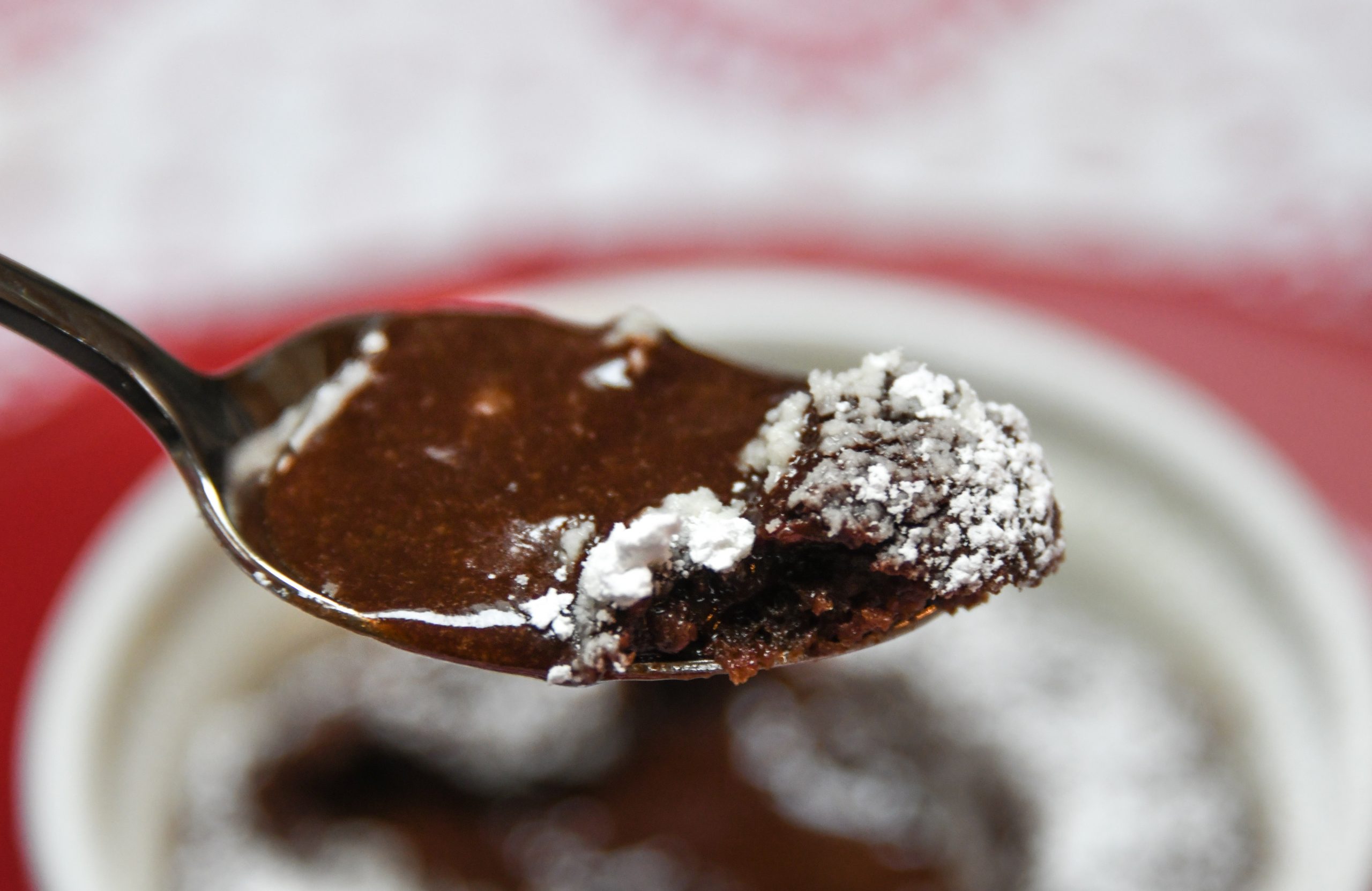Wickedly Wonderful Wassail
Rainy days and crisp, fall nights can only mean one thing — it’s time to break out the wassail! Derived from the Norse phrase “ves heill” or “be in good health,” wassail can be a toast to good health, the alcoholic drink with which one is toasted, or the festive event where drinking and toasting occurs. In my household it’s all about the hot, mulled drink. Yet, for my English ancestors, it was all about the apples. During medieval times the English believed that if they toasted their animals and crops with drink, prosperity would be theirs in the upcoming year. Eventually this tradition focused specifically on apple production with British farmers dousing the roots of their oldest or most prolific apple tree with cider. Some went so far as to place cider-soaked bread in the tree limbs to ward off bad luck and encourage good crops. Others simply sang songs to the health of their trees. All imbibed in the warm, punch-like drink known as wassail. By the 17th century wassailing had moved beyond …
